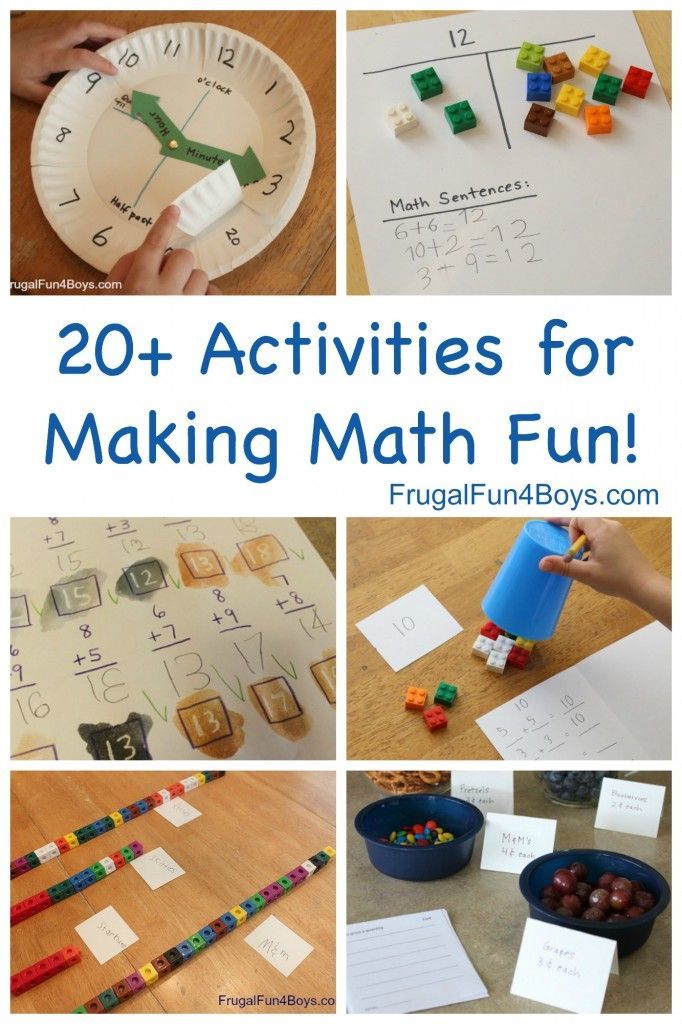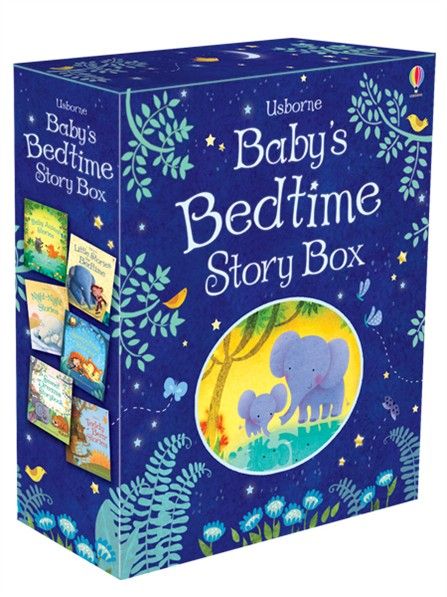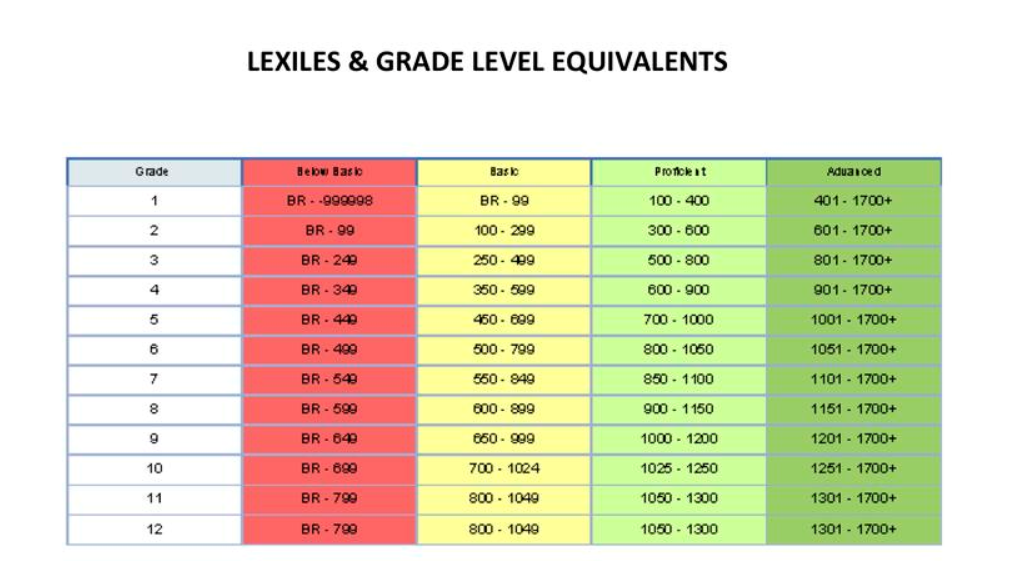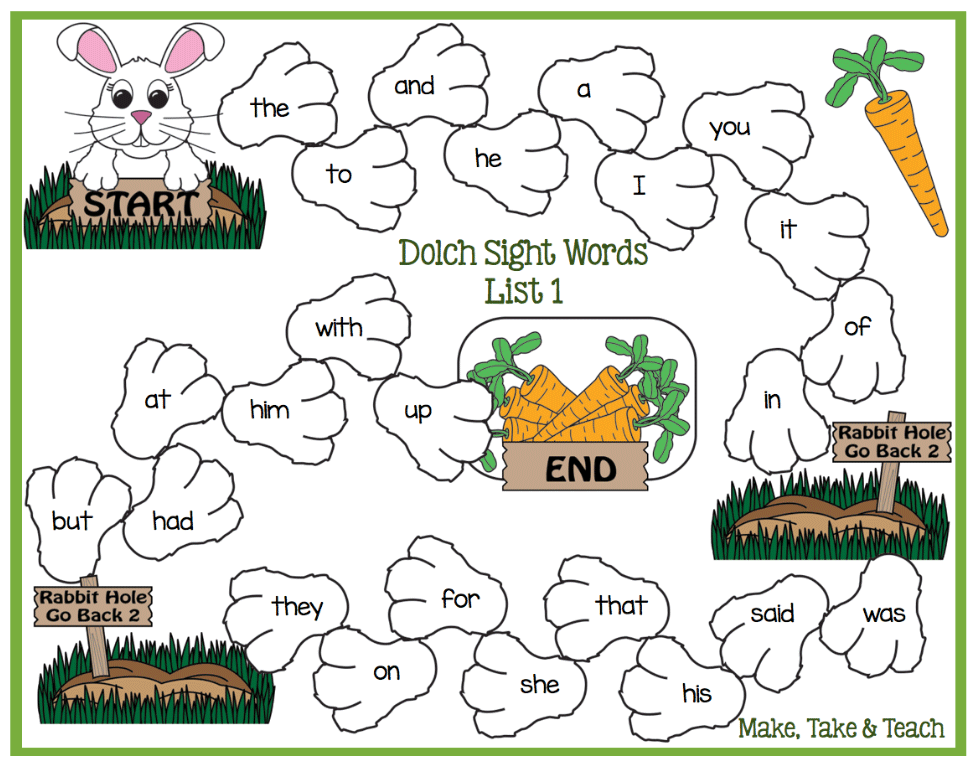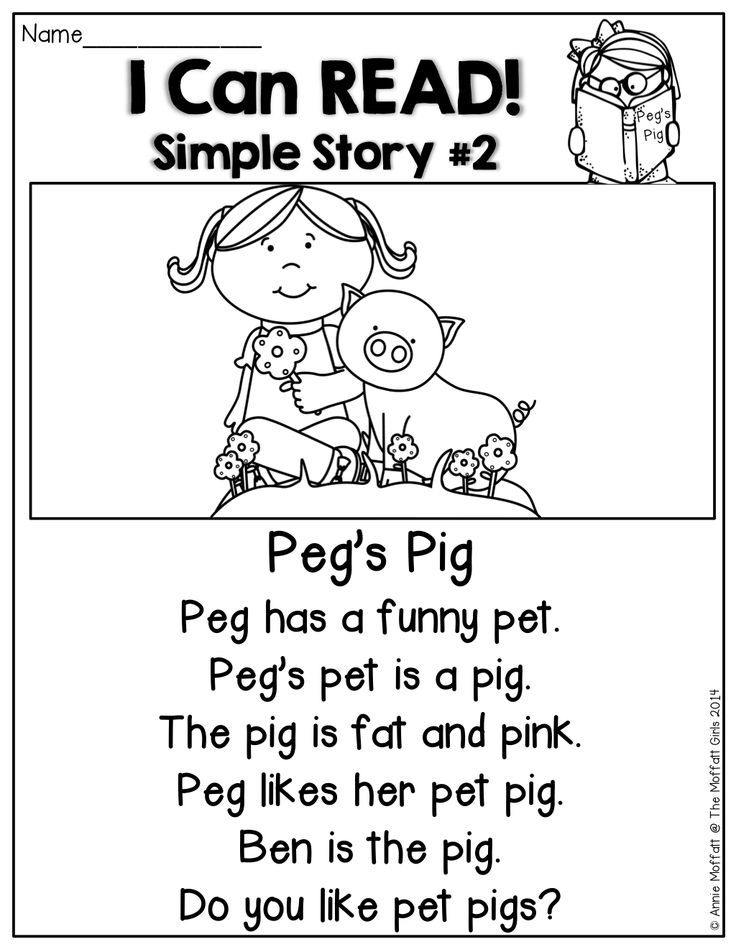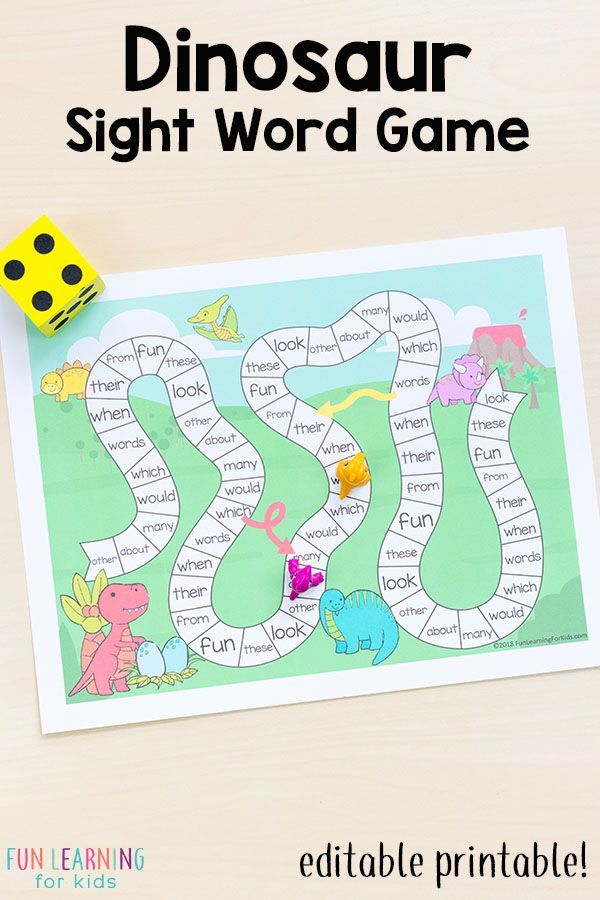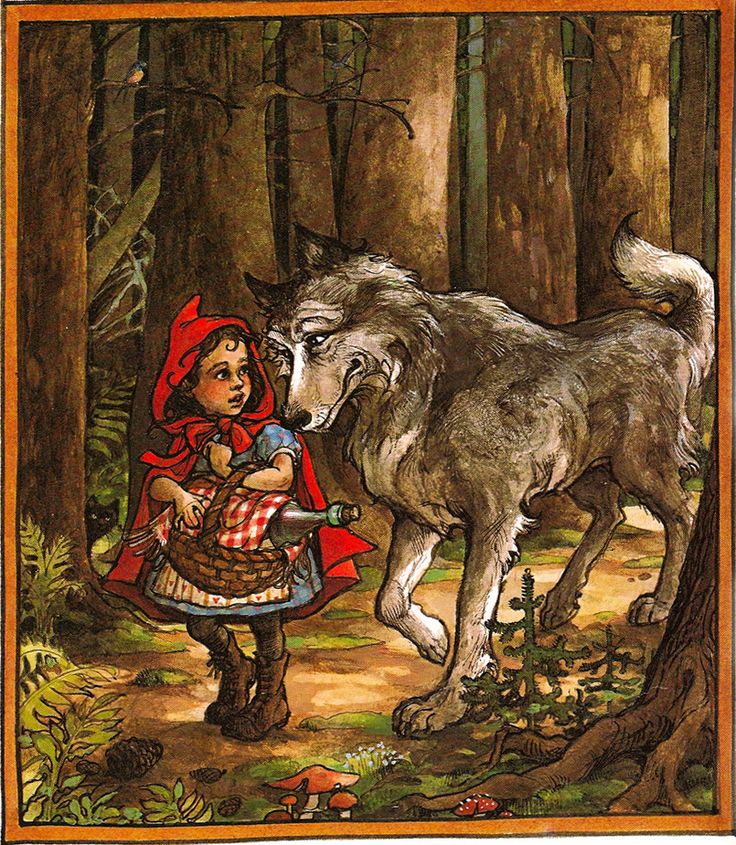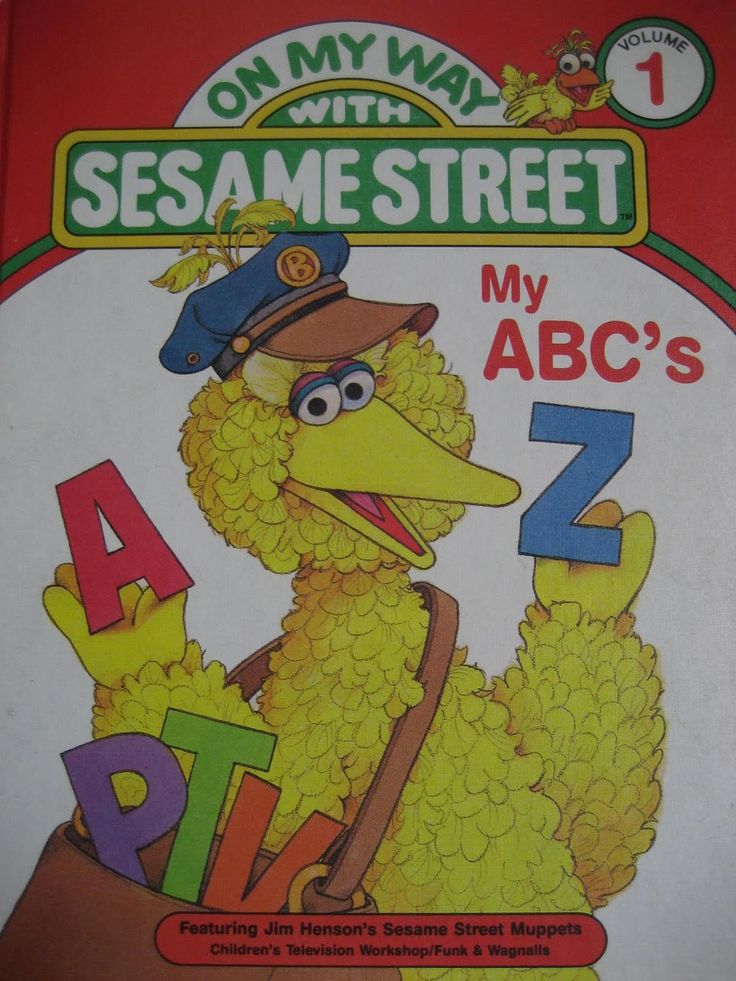Fun activities for math
7 Classroom Math Activities That Will Make Math Engaging and Fun
Back to Articles
Fun, hands‑on math games are a great way to make early math concepts clear and keep your students engaged.Introducing math games into the classroom is a great way to make learning fun, engaging and motivating for young learners.
And the best part about starting early (kindergarten to grade 2) is that it helps your students to develop a positive attitude toward math from an early age, setting them up for a successful academic future.
Here are some fun classroom math activities that will have your students begging to do more.
Math Bingo
This math game is sure to become a fast favorite with your students. You can choose whatever skill you want to review, such as addition, subtraction, or number sequencing. The game works just like regular bingo, except students have to solve math problems in order to know what number to mark off of their sheet.
To prepare, make a list of 25 math problems (e.g. 2+1, 3–0, or 2, 4, 6, _ ). Write the answers on the same sheet of paper.
Create your own 5x5 bingo cards or generate them online. At random, write the answers on the cards using the solutions from your list. There should be a bingo card for each student playing. You can laminate the cards to use for next time and have students place pennies or rocks to mark their answers.
Make a paper plate clock
Are your students learning to tell time this year? This hands‑on craft activity is a fantastic way to practice this important skill.
Start with a paper plate and make a small hole at the center. Students should write the numbers in the correct places. Using colored paper, they can then cut the clock hands to the right size and secure them using a split pin from the center. You can even use a second plate (different color) for students to write the minutes. Glue the second plate to the bottom of the first so that it creates a rim.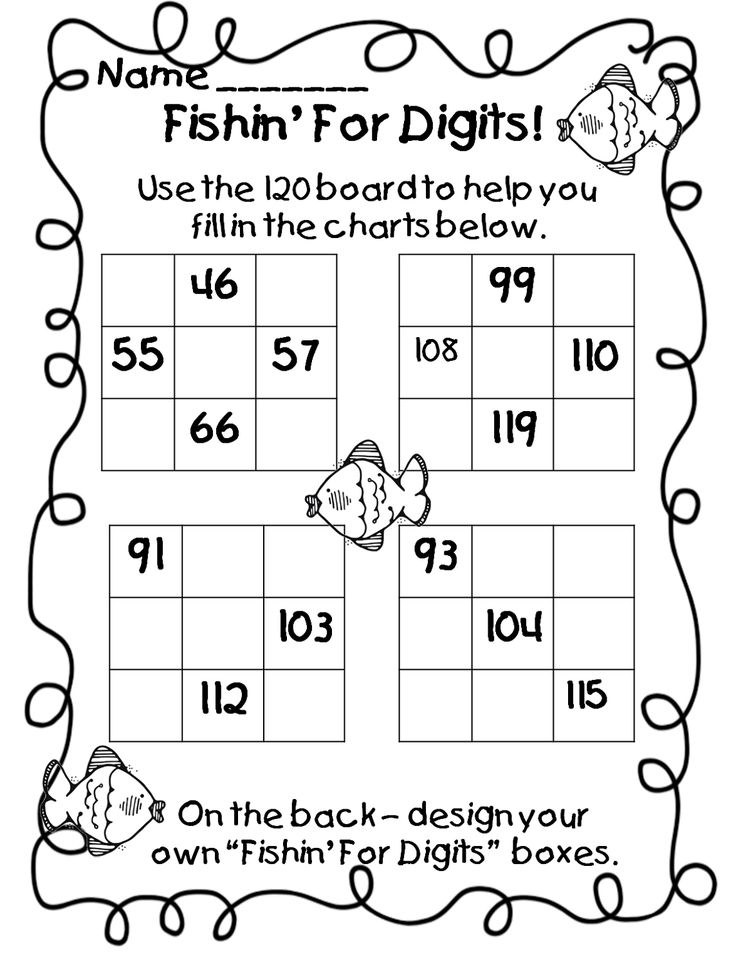
Guess the weight
Children love playing guessing games, and when it comes to whether something is heavy or light, there can certainly be a few surprises in store for them.
Gather several items and spread them across a table. One at a time, ask students to guess the weight of each item and write their predictions in one column on a page (you can create a simple template for this too). Using kitchen scales, invite individual students to weigh each item and record the correct answers in a second column. You can also add a column in between and pass each item around the class, so students can guess the weight after holding each in their hand.
Hopscotch math
This game is a great way to get your students outside on a nice sunny day. Using a piece of chalk, draw a hopscotch grid on the pavement mimicking a calculator layout. Ask students to form a line and one by one, give them a simple operation (e.g. 2+3, 5–0). Students should take turns hopping on each element of the equation in the correct order, landing finally on the answer.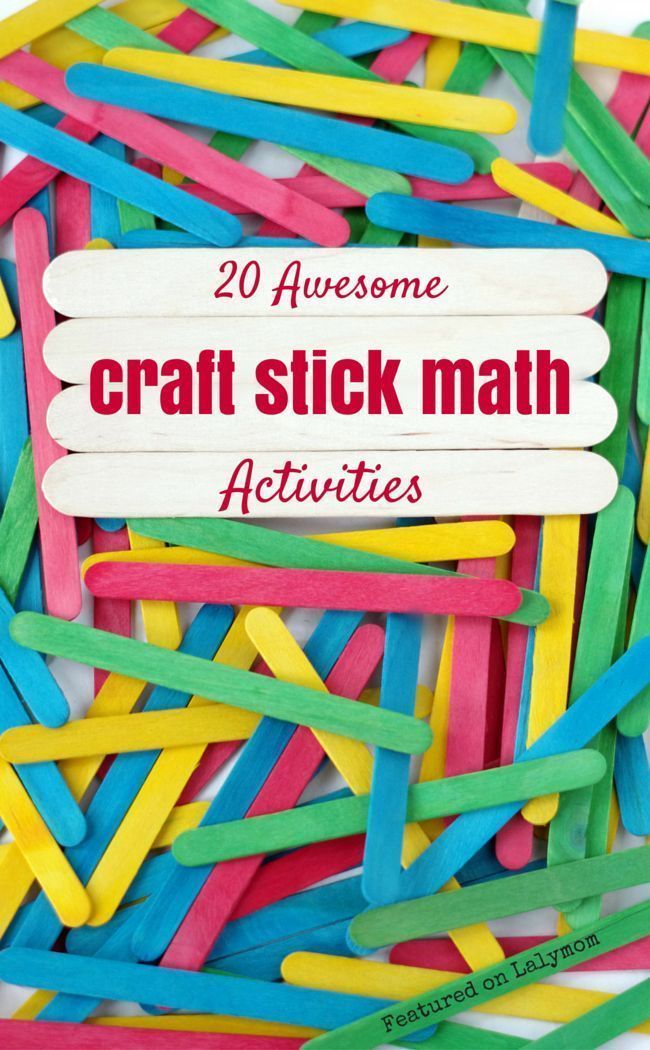
In another game, you can call out a number and ask students to hop on any equation that equals to that number. For a fun twist, ask students to hop on one leg for odd numbers, and two legs for even numbers.
Hopscotch math is a fun activity which helps students to practice simple operations.Pizza fractions
Fractions can be tricky, so this activity can really help students to visualize key concepts. Create an instruction sheet with five different fractions on each (you can create several so different students get a different set). Students should create a pizza (using construction paper, or even the inside of an empty pizza box) and decorate the toppings to represent each fraction.
For example, if they had a quarter (fourth), they should cover one-quarter of the pizza with a specific ingredient (e.g. mushrooms or pepperoni).
'Lengthy' scavenger hunt
Divide students into groups and give each group a list of measurements and a measuring tool (e.g. a ruler, tape, trundle wheel).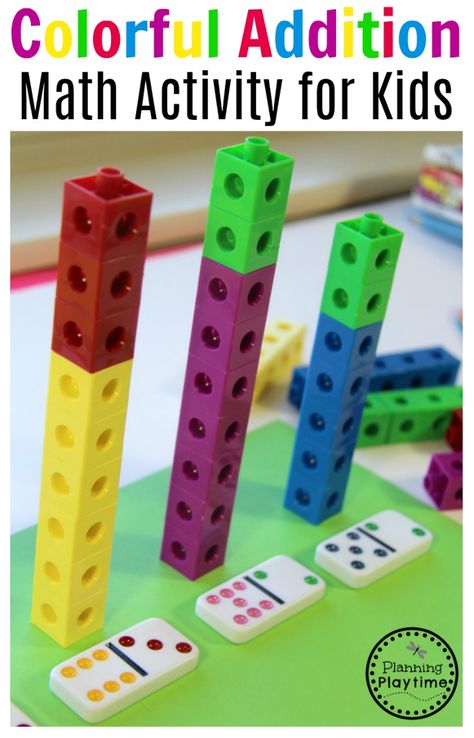 Instruct students to find items that are exactly the length of what they have listed. For younger students who haven't yet been introduced to measurement, draw various lines on their sheet and ask them to find items that are exactly the same length.
Instruct students to find items that are exactly the length of what they have listed. For younger students who haven't yet been introduced to measurement, draw various lines on their sheet and ask them to find items that are exactly the same length.
Make sure you prepare items beforehand and place them in a safe and visible spot. This activity can be done outside or in the classroom.
Survey and graph
Ask each student to think of a question they’d like to survey their fellow classmates on. For example, they might like to ask their classmates what their favorite animal is out of a dog, monkey, pig, or chicken. Give students time to walk around the classroom quizzing each other and recording their data.
Once students have collected enough data, ask them to represent their results by building a bar graph using linking cubes, blocks, or Legos. They can use sticky notes or bits of paper to create labels above each bar. Take a photo of each student's graph, which you can later print out to create a class collage to display.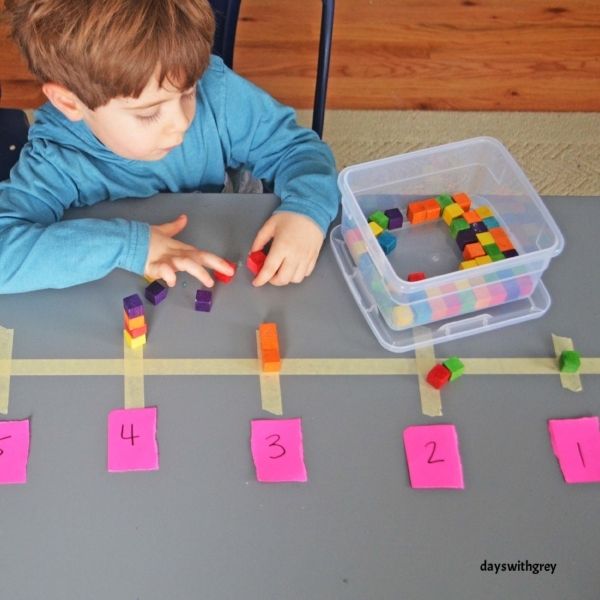
Looking for new ways to make elementary math fun? Mathseeds is a research-based online math program specifically designed for students in grades K–2. Created by a highly experienced team of elementary teachers, Mathseeds provides self-paced lessons, fun games, automated reporting, and a range of teaching tools to help your elementary math students succeed. Sign up for a free trial today.
25 Fun Math Activities for Middle & High School Students
By: Virginia | Feb 19, 2021 12:15 PM
If math is your student’s least favorite subject, everything from classes to homework to studying for quizzes and tests can be like pulling teeth.
But with an extra dose of creativity and fun, dread can turn to delight!
Like any challenging (and important) skill, mastering key math concepts takes practice; unfortunately, that can often look like a worksheet or some other list of tasks that feels more like a mental laundry list than a puzzle kids would be eager to solve.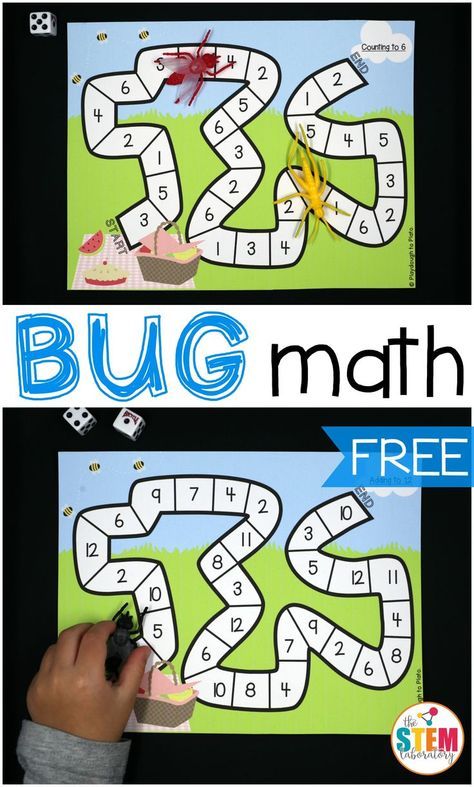
This genre of practice can be necessary, don’t get me wrong, but if you could use a little help in giving math practice a makeover, we’ll need to step outside that box. The good news is: making math fun to learn for kids isn’t a mystery, and these ideas are simple to implement at home with elementary, middle, or high school students.
Here are 25 fun activities that will spice up your child’s learning routine, plus they’ll reap the benefits of “gamified” learning: increased motivation, engagement, and pure enjoyment of learning just for the sake of it.
More good news: reluctant and enthusiastic mathematicians alike will get a kick out of gamified learning. Take a look with your student, and pick out a few to try this week!
Fun Math Activities for Elementary and Middle School Students
1. Play Math Tic-Tac-ToeThis handy resource adapts the classic Tic-Tac-Toe game for a range of skills and grade levels. Best for elementary and middle school students, this activity can be a quick brain break or an all-out challenge with a prize at stake.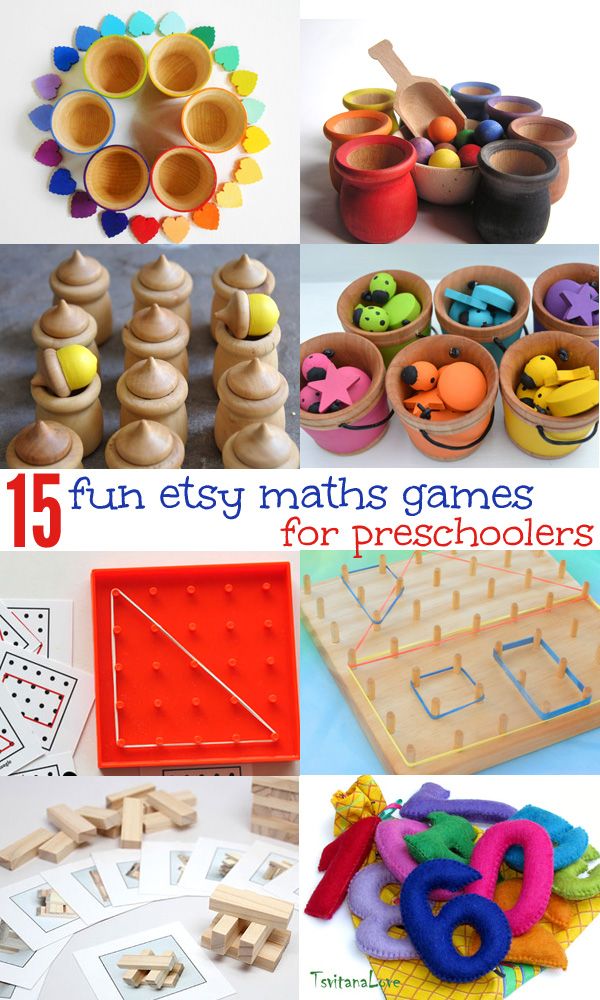
As the website cleverly describes this game, it "raises math fun to a higher power”! Kids will enjoy playing against parents, siblings, or friends, and they’ll have an extra incentive to master the exponents they’ll need for science and math class.
3. Explore math with MinecraftYes, you read that correctly! Minecraft has an incredible math educator’s guide that’s guaranteed to intrigue young gamers who could use an extra incentive to bolster their math skills. Learn more about the incredible educational applications of Minecraft.
4. Tackle Fantasy Football EquationsThough football season may be over, this activity is a great one to stash away for the next draft. Algebraic equations can be challenging for many middle school students, and this sporting twist will not only make the practice more bearable, kids will get to see the (sometimes elusive) real-world application of what they’re learning.
And here is an expert tutorial if your student could use some extra help solving for x.
5. Roll Into a Subtraction Dice GameThis foundational skill becomes a lot more enjoyable in game form, and students will strengthen their mental math muscles as they play.
6. Slice Some Sandwich FractionsIdeal for lunch time, kids will be extra-motivated to master proportions and fractions. Converting fractions into decimals, or vice versa? These tutorials will help your student convert the numbers in a trice.
7. Play Math JeopardyFrom averages to exponents to algebra, these pre-designed Jeopardy games will elevate study time and make review something to look forward to. Kids can compete with siblings or virtually with friends!
8. Pull Off an Order of Operations HeistTo crack the safe in this online game, students must correctly use the order of operations. Kids will need to know this to solve math problems, but as they master the skill, a reward like pulling off a heist is a useful motivator.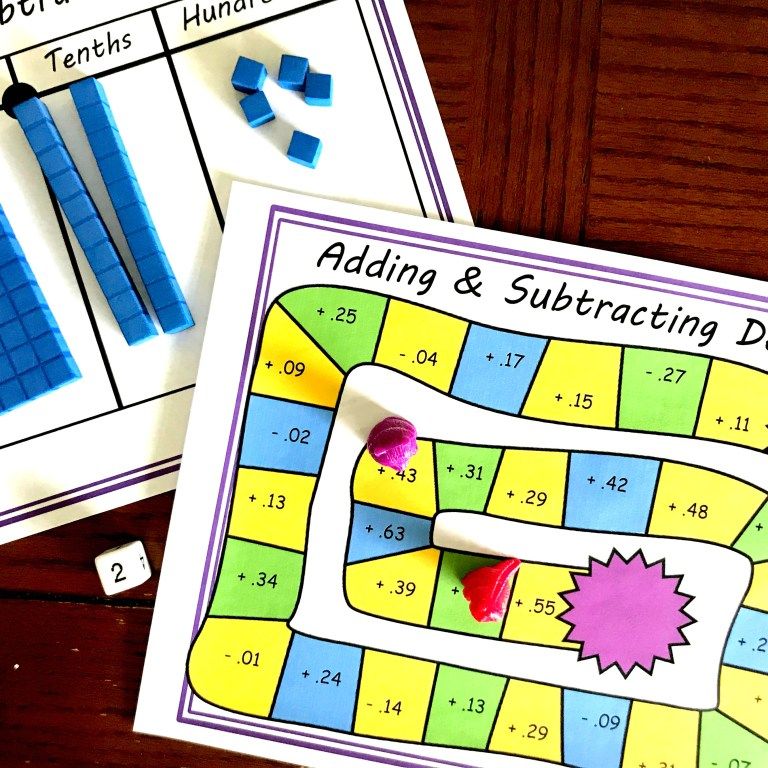
If you’re looking to revamp your family’s board game collection, why not infuse some fun with math? Proof!, Prime Climb, and Real World Math were each created by teachers and boast hundreds of rave reviews from parents.
10. Bring Math to the Grocery StoreDiscounts, fractions, budgeting—there are so many mathematical applications when it comes to shopping for kids’ favorite foods. This activity can easily be done virtually through grocery delivery services or online shopping.
11. Battle in a Multiplication “War” Card GameThe game that has entertained kids for countless hours gets mathematical in this rapid fire edition of “War”.
12. Hit the Negative Number PiñataLearning to add and subtract negative numbers can be tricky. So, to stave off student frustration, this game is a fun way to practice. Plus, this platform offers quick tutorial videos as well, just in case your student could use a refresher.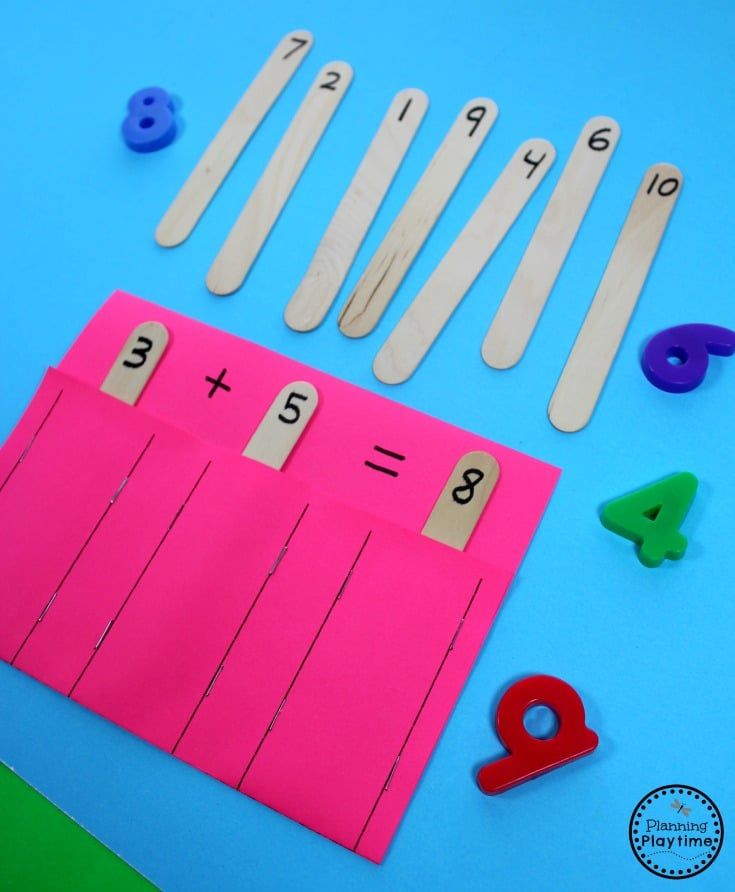
Who doesn’t love a great scavenger hunt? Not only would this make a great at-home (and outdoor) activity, kids will practice graphing coordinates and slopes in a hands-on way.
14. Shop for Algebraic Reasoning SweetsA sweet introduction to algebraic thinking, this is one of many colorful games Math Playground offers. Players solve for the value of each candy in this online “sweet shop.”
15. Jump into Multiplication HopscotchKinesthetic learning, or learning through movement, is a great way to increase students’ engagement (and energy levels). If your student is learning to memorize multiplication tables and could use a break from paper and pencil, take a break outdoors with some chalk, and get moving!
16. Place Value with LEGOYoung learners mastering place value will benefit from the visual and kinesthetic aspects of exploring the concept with LEGO.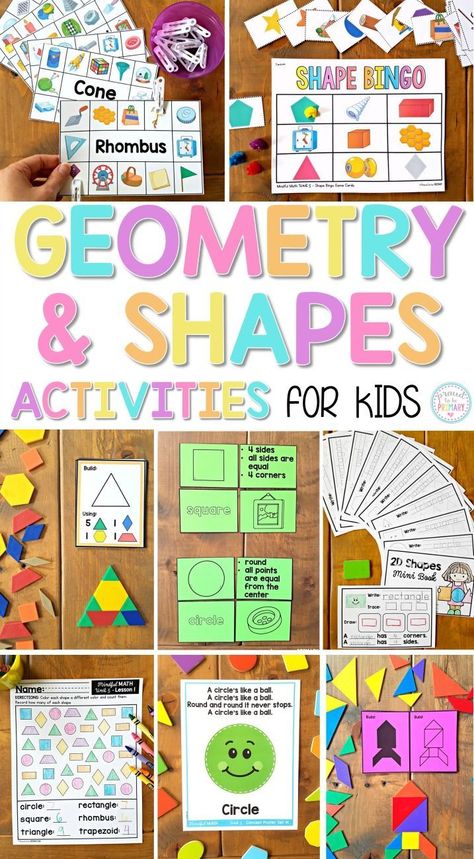 This activity will work with just about any LEGO set you have on hand.
This activity will work with just about any LEGO set you have on hand.
Fun Math Activities for High School Students
17. Launch into Space with Math & NASASTEM worlds collide in NASA’s math series! This website offers activities for algebra, geometry, and pre-calculus paired with the innermost workings of space exploration.
18. Explore Statistics with Real-World ScenariosThis probably sounds familiar: when will I need to know this in real life? This range of expertly-designed activities provides valuable connections to practical scenarios that will satisfy even the most skeptical students.
19. Dance With a Transversal Geometry GameThink of this fun activity as the antidote to the geometry doldrums. Kids can pick a soundtrack (or use one of the pre-made options), clear the room, and dance their way to knowing all about transversals.
Fun Math Activities for all Ages
20.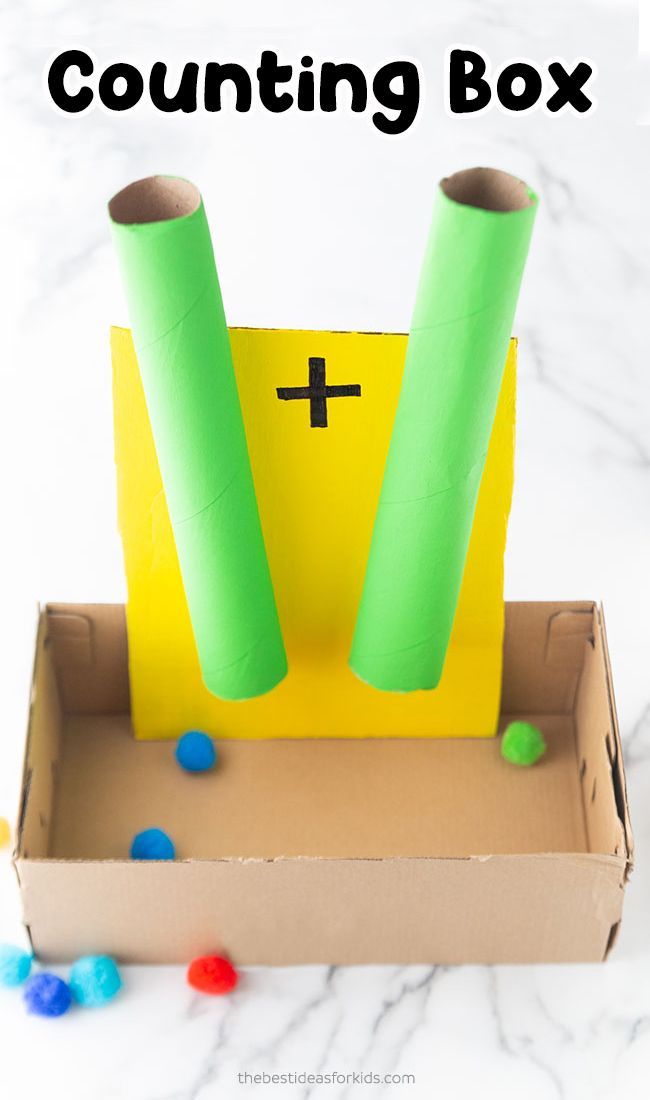 Embark on an Interdisciplinary Project
Embark on an Interdisciplinary ProjectConnecting new (and potentially dull) subject matter to an area of students’ interest is a well-known best practice in education. This resource provides some excellent interdisciplinary projects that blend math skills with art, history, fascinating places around the world, and more.
21. Set Sail with a Quadratic Equation ShipwreckIf your student is just getting the hang of quadratic equations (or perhaps brushing up for a quiz), this game is a perfect way to practice.
22. Plan a Pi Day ExtravaganzaPi Day, March 14th, is just around the corner, so why not make it a celebration of this all-important number! Check out these elementary and middle school activities, fun games and puzzles for all ages, high school activities, and pi card race to make the day memorable and bring smiles back into the equation.
23. Solve a KenKen PuzzleThis game was called “the most addictive math game since Sudoku” by New York Times games editor, a winning testimonial if ever we’ve heard one.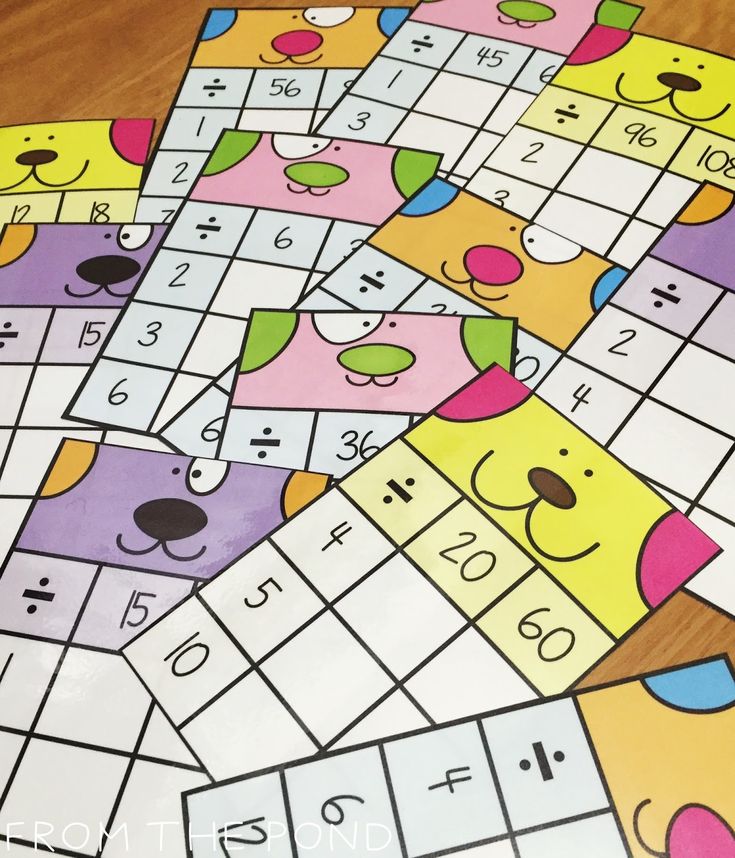 KenKen puzzles are a great way to practice mental math or do a warm up before tackling more complex problems.
KenKen puzzles are a great way to practice mental math or do a warm up before tackling more complex problems.
Upper middle school and high school students will enjoy seeing trigonometry in action in a familiar pastime and in other real-world applications of math concepts. Each activity is interactive and includes short videos and tutorials to give each game context.
25. Learn How to Locate People Lost at SeaThis investigation answers the question: how does the Coast Guard find and rescue those lost in the vast ocean? Turns out, statistical skills are key to these missions. Kids can learn about how they work and have another great answer to the question “why is math important”?
Have Fun with Math Today!
Let us know how your explorations turn out. Looking for a little extra help? iD Tech offers live online math tutoring to help your student succeed and thrive in the classroom.
Options include:
- Pre-algebra tutoring
- Algebra I tutoring
- Algebra II tutoring
- Online geometry tutoring
- Precalc tutoring
- Calculus tutoring
- Trigonometry tutoring
- Statistics tutoring
Plus, our math tips & resources page offers tutorials and more to level up your child's math game.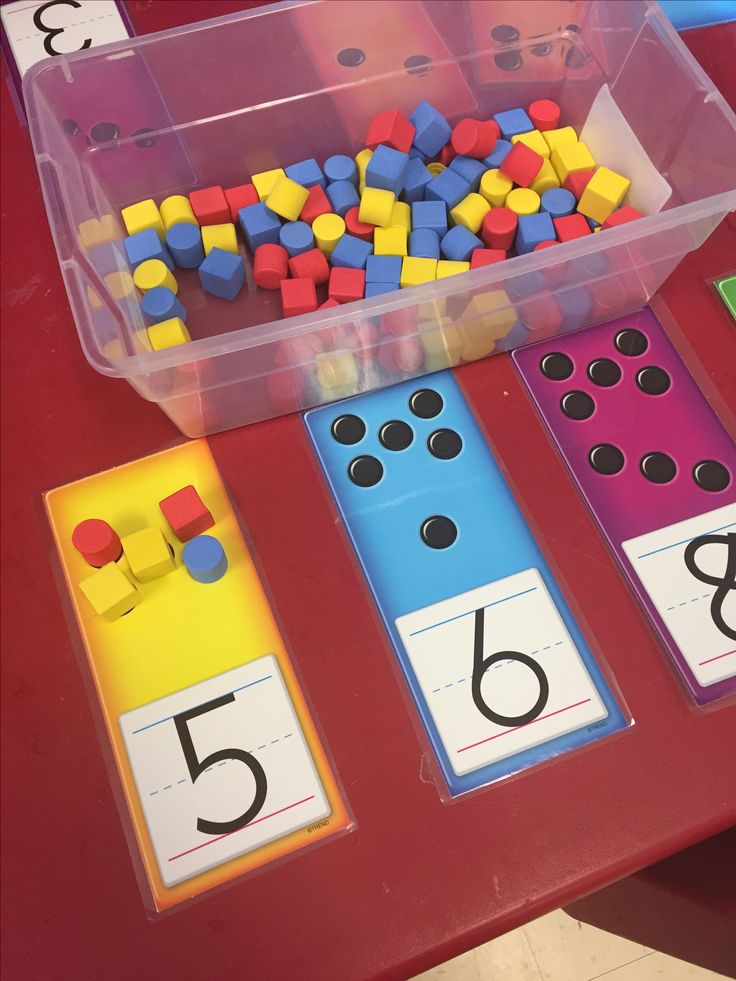
interesting math problems and assignments
Tips for parents and examples of exciting math assignments. fun tasks, puzzles, exercises and tests with answers and solutions.
Try the LogicLike course in a playful way!
Choose an age to start
4-5 years
6-7 years
1-2 class
3-9 grade
I am a parent
I am a teacher
Why do children and parents choose LogicLike?
ALL LOGIC IN GAME FORM!
- Flexible mind and confidence When children decide tasks and puzzles on LogicLike, they develop ingenuity and Confidence in your strength.
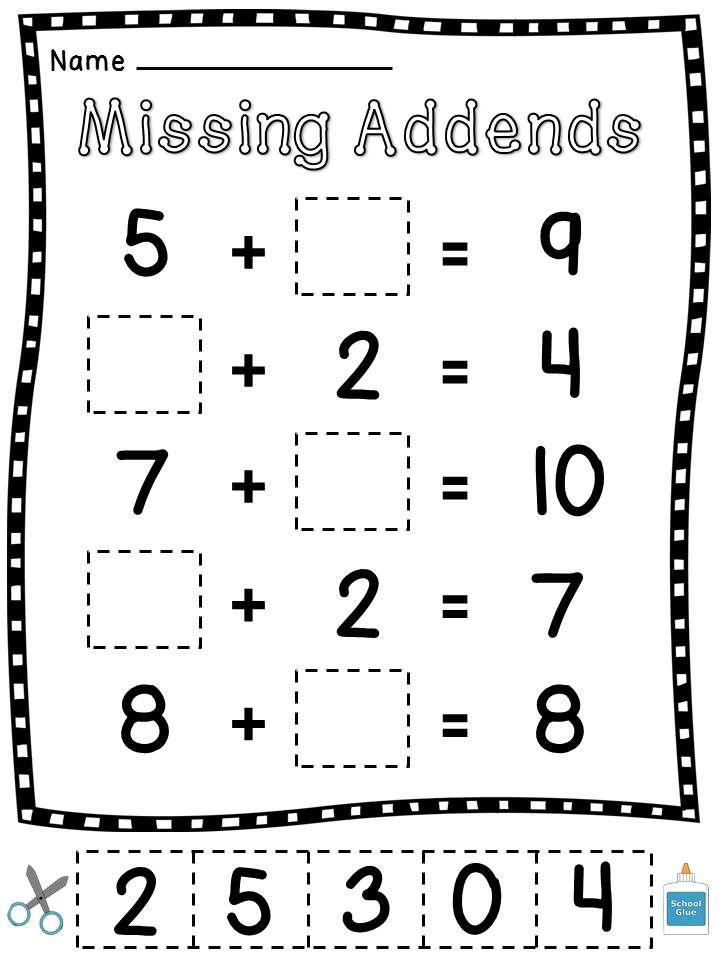
- Foundation for IT We teach how to work with information competently, develop logical and mathematical intelligence, memory and thinking.
- Sip "fresh air" You can spend 20-30 minutes on yourself while the child develops. By the way, doing LogicLike is also interesting for adults.
Start classes!
The benefits of studying logic and mathematics
Elementary mathematical representations help to form in kindergarten. Basic Mathematical abilities are developed at school.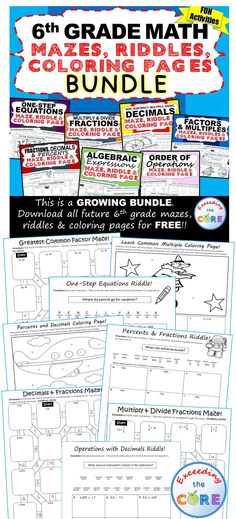
And so that the child learns to reason logically, to think outside the box - ordinary arithmetic and geometric problems are not enough.
Already at preschool age, it is desirable to develop the habit of daily tasks and exercises for the development of logical thinking.
Thanks to regular training:
- the child learns to reason, analyze and do the right things. conclusions;
- develops intelligence, memory, attention and intelligence;
- success increases self-esteem, interest in learning at school, inspire to win in mathematical olympiads and competitions.
Children aged 5-12 enjoy walking LogicLike course in game form.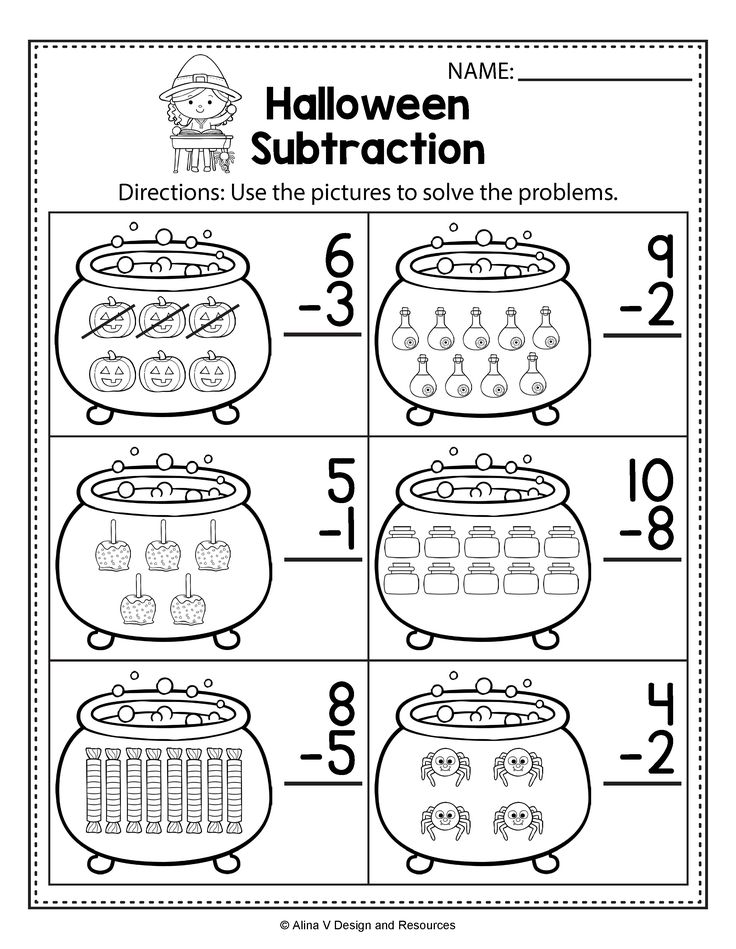 In the meantime, they learn to reason develop logic, ability to mathematics and cognitive interest.
In the meantime, they learn to reason develop logic, ability to mathematics and cognitive interest.
Math problems by age
It is easiest to interest preschoolers 5-7 years old, primary school students. The main thing - offer a variety of entertaining tasks, make the process of solving problems exciting, with elements of the game, and provide a moderate difficulty of the tasks.
Examples of tasks by age
- Logic for children 5-6 years old
- Logic for children 6-7 years old
- Mathematics for preschoolers
- 1st class
- 2nd class
- 3rd class
- 4 class
By grades 3-4, a student's motivation often decreases. It is important for parents not to miss this moment and explain to the child why to do it at all mathematics and learn to solve problems.
It is important for parents not to miss this moment and explain to the child why to do it at all mathematics and learn to solve problems.
Logic and Math Examples
- for preschoolers
- for first graders
- examples for 2 class
- for 3rd class
- for class 4
- examples for 5 class
Logic-mathematical and other educational games by age
45 years
Entertaining tasks by type
In terms of regular training at any age, there should be at least 5-7 types of tasks.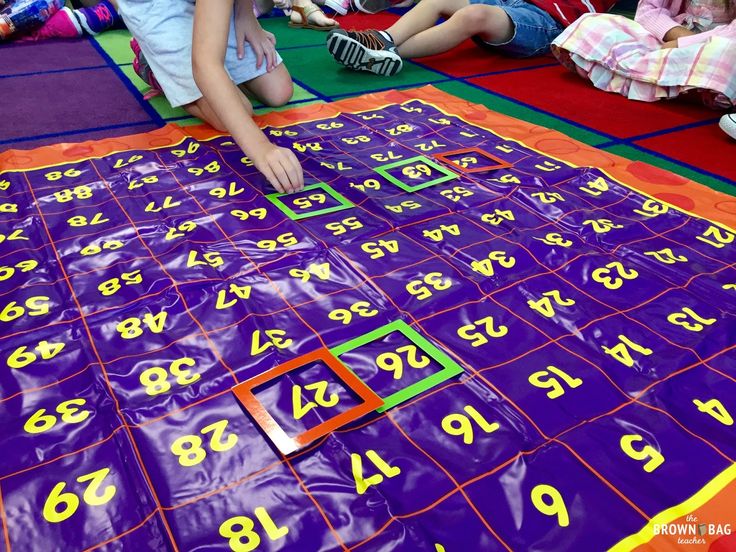 This will help the complex development of the child's logic, cognitive, creative and mathematical skills. abilities.
This will help the complex development of the child's logic, cognitive, creative and mathematical skills. abilities.
Among the most interesting and popular categories of tasks for logic and ingenuity:
- Classic logic problems. Teaching children analyze the text, highlight the main thing, reason and draw conclusions.
- Arithmetic puzzles. Excellent performance of key mental operations: abstraction, analysis and synthesis, comparison and others.
- Tasks on regularities, sequences. Helps develop analytical skills and creative thinking.
Examples of tasks by type
Logic tasks
Math puzzles
Search tasks patterns
Truth and lie
Find the extra in each group
magic squares
Chess problems for beginners
Riddles for logic
Puzzles with matches, permutations
Puzzles with letters and numbers
entertaining tasks and examples in pictures with answers and solutions
Entertaining mathematics
1st grade
Why do kids love LogicLike tasks more than tasks from math textbooks? The professor and his team will teach each child to click both typical and non-standard math problems.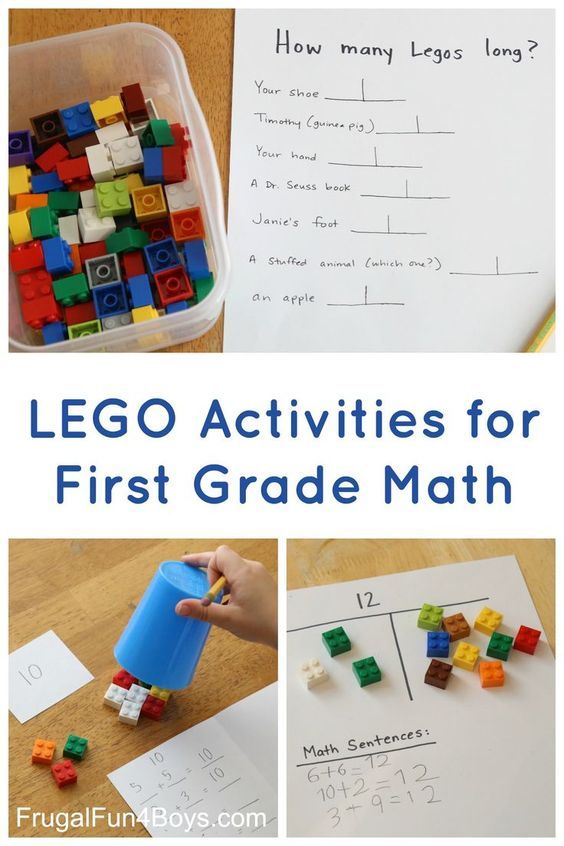
Select the child's age
to get started!
Preschooler
First grader
LogicLike.com children learn to reason, develop logic, ability to mathematics and cognitive interest.
Recommended thematic courses
online for grade 1
Logic course and thinking To begin
Preparing for Olympics To begin
Why do children and parents choose LogicLike?
What kind of mathematics do children need in grade 1?
The following story often happens: when preparing for the 1st grade the child liked to solve entertaining tasks, puzzles, examples and tasks. Passes the first a quarter and a capable child begins to get bored of the monotonous or too simple for him assignments.
Passes the first a quarter and a capable child begins to get bored of the monotonous or too simple for him assignments.
If you were looking for a mental counting simulator or want to check how much your child has learned school curriculum, you will love the collection of math tests for grade 1 from LogicLike.
The LogicLike team knows how to captivate a first grader mathematics and charge with the desire to learn how to solve any problems. We have more 3500 entertaining tasks, awards, achievements, student rating, personalized certificates.
Try the full fun math course and logics from LogicLike
- Flexible mind and confidence! When children decide tasks and puzzles on LogicLike, they train the "wiggles" and develop ingenuity.
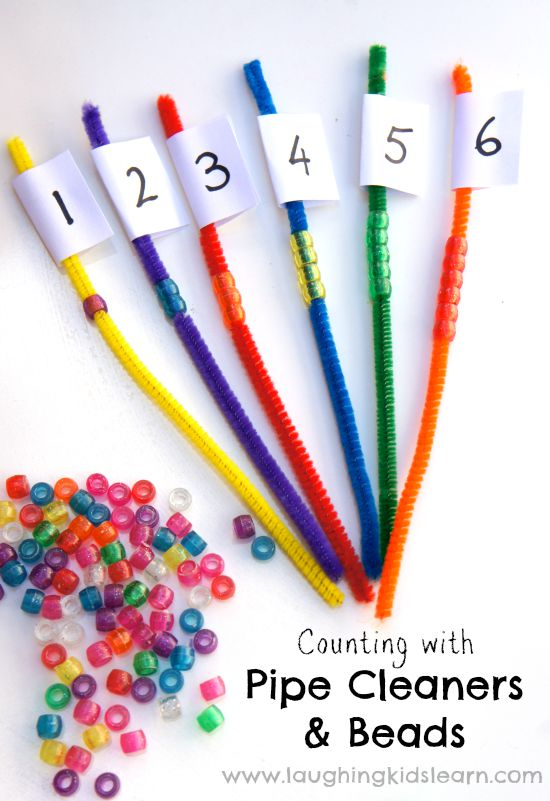
- Foundation for IT! Algorithms, patterns, logic - we have all this. We teach to work with information, train memory and thinking - we form the potential for success in IT professions.
- We increase progress! Regular classes of 20-30 minutes develop logical and mathematical capabilities. As a result - high grades at school, prizes at olympiads and competitions, interest in learning increases.
Start the course!
Entertaining mathematics for first graders online
Mathematics classes on LogicLike begin with entertaining logical problems, unusual examples, puzzles and other tasks in pictures that you want to solve.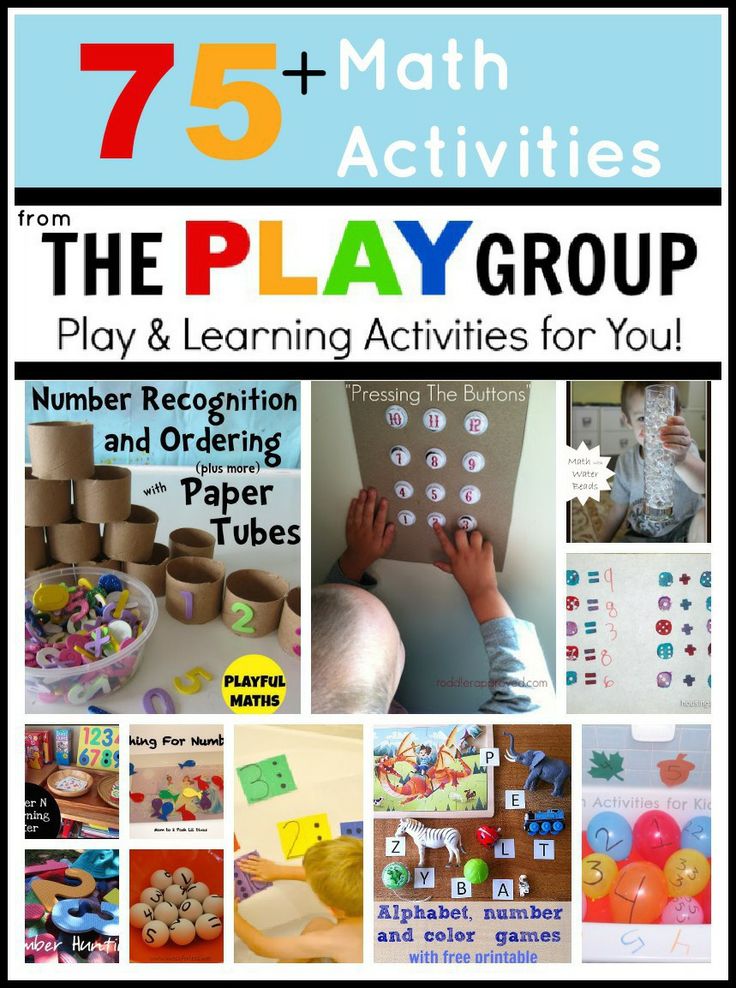 In the course we alternate mathematical and logical problems, patterns, figures in space and other types assignments.
In the course we alternate mathematical and logical problems, patterns, figures in space and other types assignments.
Popular categories of assignments for grade 1
Selections from the training course LogicLike
- Simple addition and subtraction
- Enlargement, reduction by several units
- Composite tasks
- Text logic and math
- Examples for addition and subtraction for class 1
- Math puzzles for class 1
Addition and Subtraction Problems
Simple problem of finding sums
To decide click Start!
Three girls took 1 balloon in each hand.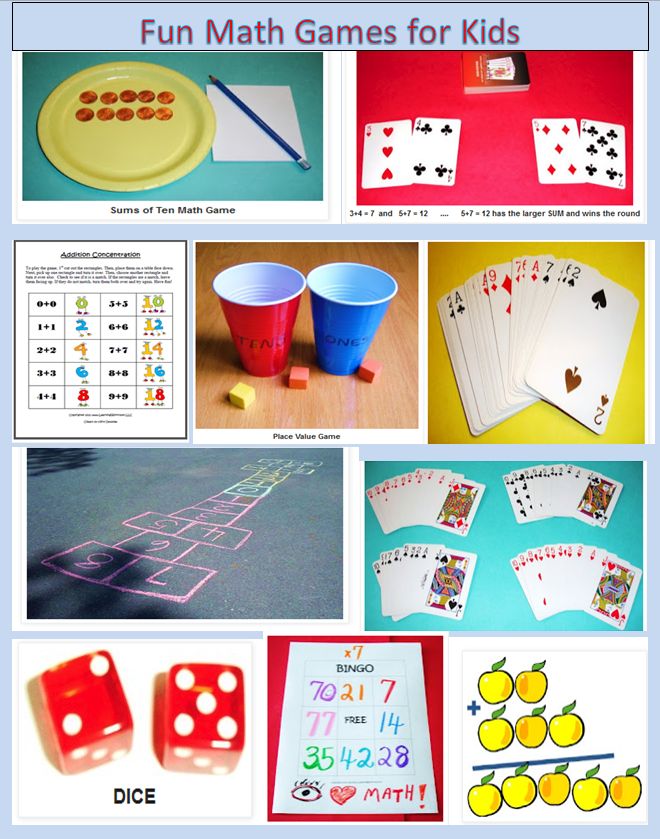
How many balls do they have?
Watch answer
Answer:
6.
Mindfulness task
To decide click Start!
There are two sweets, one cake and three pears on the plate.
How many fruits are on the plate?
Watch answer
Answer:
3.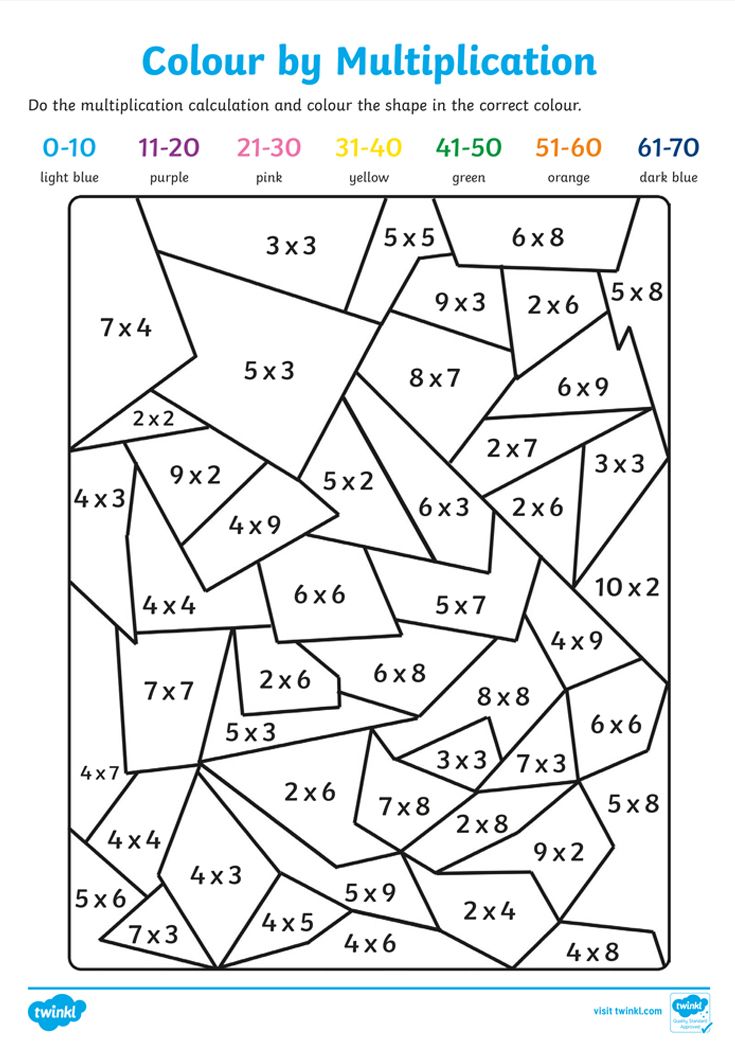
Subtraction problem
To decide click Start!
There were 7 liters of water in a 12-liter barrel, and 8 liters in a bucket.
Water from a bucket filled the barrel to the top.
How many liters of water are left in the bucket?
Find out the answer
Answer:
3.
We have everything you were looking for
Text and logical tasks
Tasks mathematics
Examples and tasks
Shapes in space: 2D and 3D
Start classes!
We have built the educational process in an understandable and exciting way for anyone child format, from simple to complex.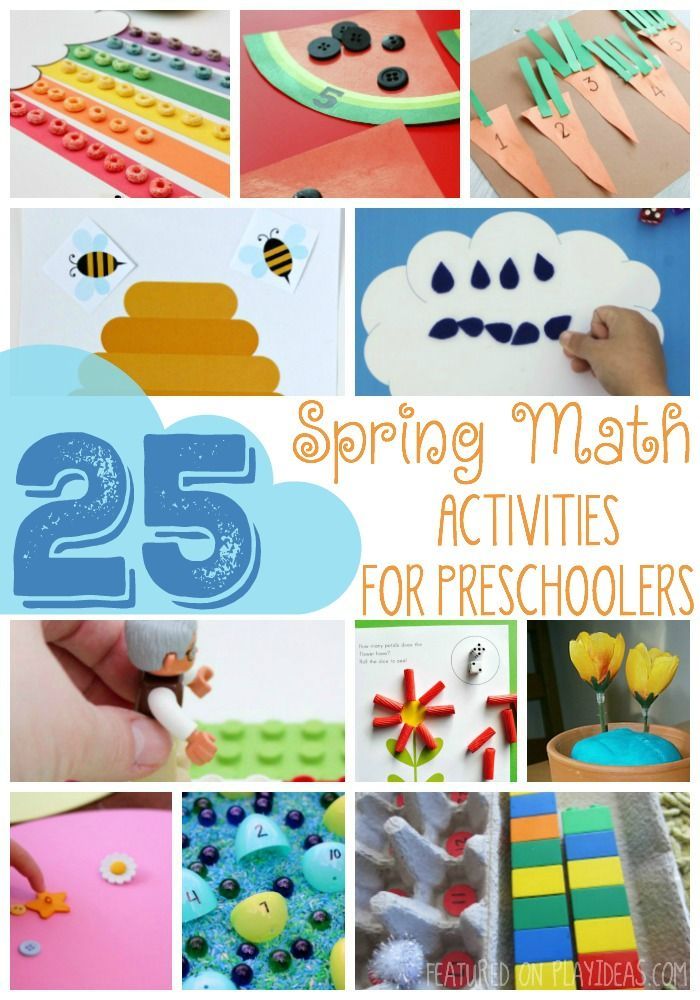
Tasks to increase and decrease the number by several units
What will be the result?
To decide click Start!
Find out the answer
Answer:
5 apples.
Age problem
Yura was born 2 years earlier than Vanya.
Yuri is now 5 years old.
How old is Vanya?
Find out the answer
Answer:
3.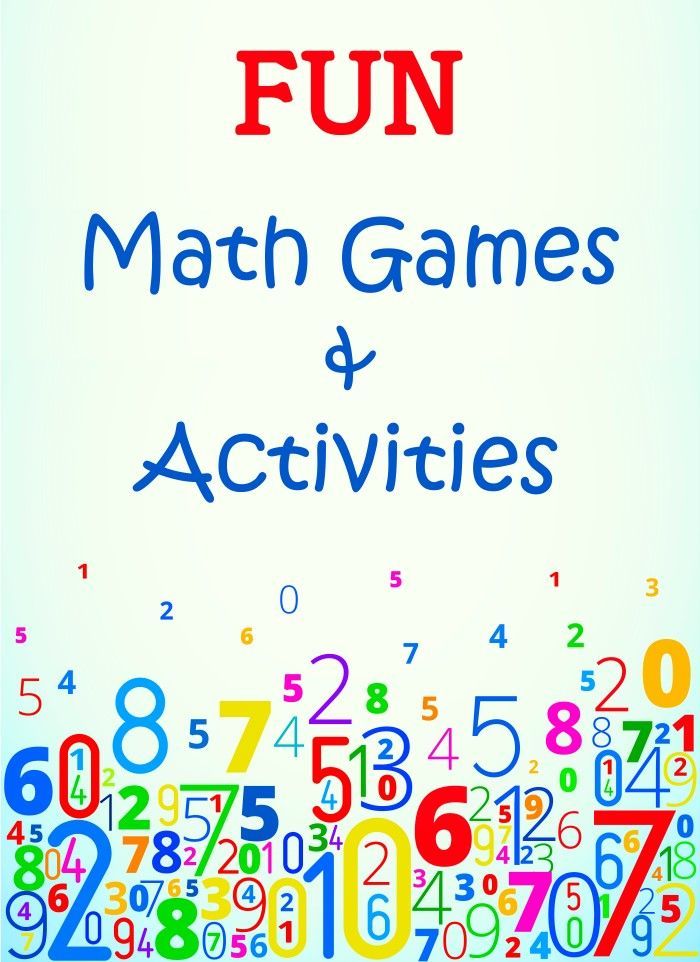
Finding the Unknown term and difference
To decide click Start!
An evil virus hid the numbers in the examples.
Put the correct numbers back in their places.
Find out the answer
Answer:
2 + 3=5
3 − 2 = 1
You can see examples of Olympiad tasks for 1 class or start to activities on the site.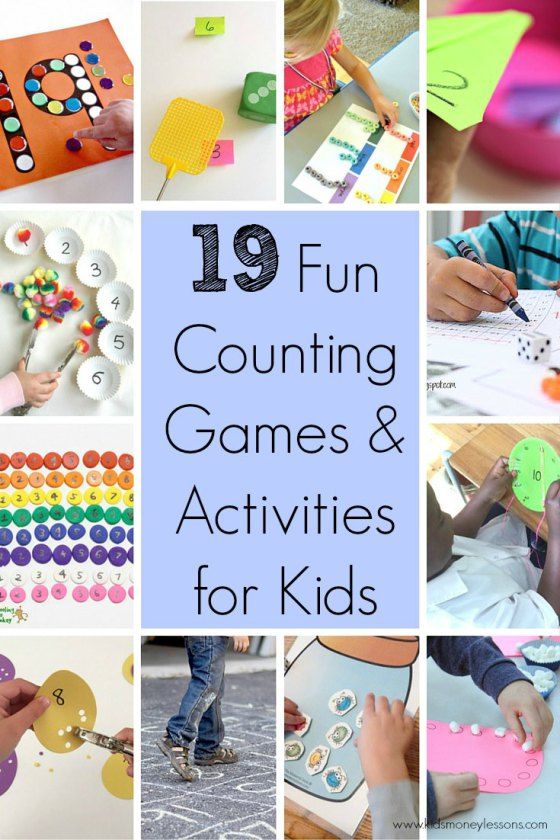
Day after day more 100,000 children
go through 10-20 tasks on the LogicLike website. And how much can you?
Solve problems
Downloads: tasks for developing counting skills
For those who do not currently have the opportunity to study online, we have prepared small selections assignments for paperwork. You can download and print tasks for practicing oral skills invoices in pdf format.
To "warm up" the child's interest in mathematics, we recommend starting with 1 sheet a day.
- Entertaining tasks for grade 1 for addition and subtraction within 10.

- Entertaining tasks for first graders: addition and subtraction up to 10.
What is the best online course?
We recommend that future and present first graders practice 15-20 minutes a day.
Compound tasks for first graders
Tasks in two or three actions develop memory, logic and mathematical speech.
Composite difference problem comparison
To decide click Start!
Condition: The purple monster ate 4 whole oranges, and the red monster ate 7 halves of the same oranges.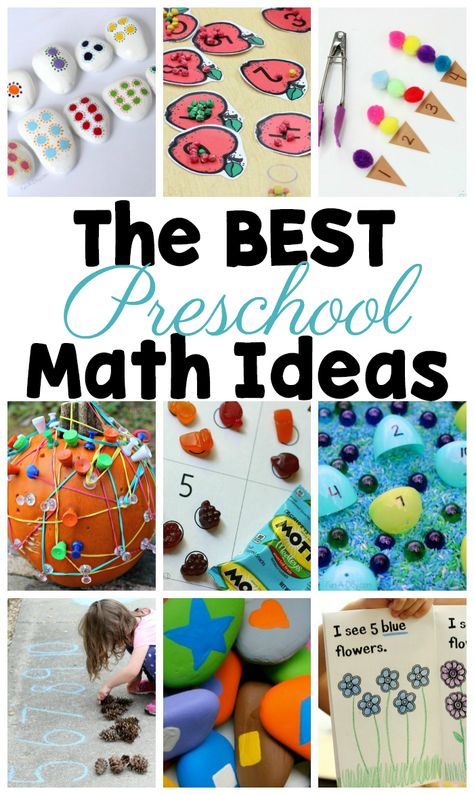
Question: Who ate more oranges?
Show solution
Answer:
Violet.
Solution
1 whole orange = 2 halves.
4 whole oranges = 2 + 2 + 2 + 2 = 8 halves.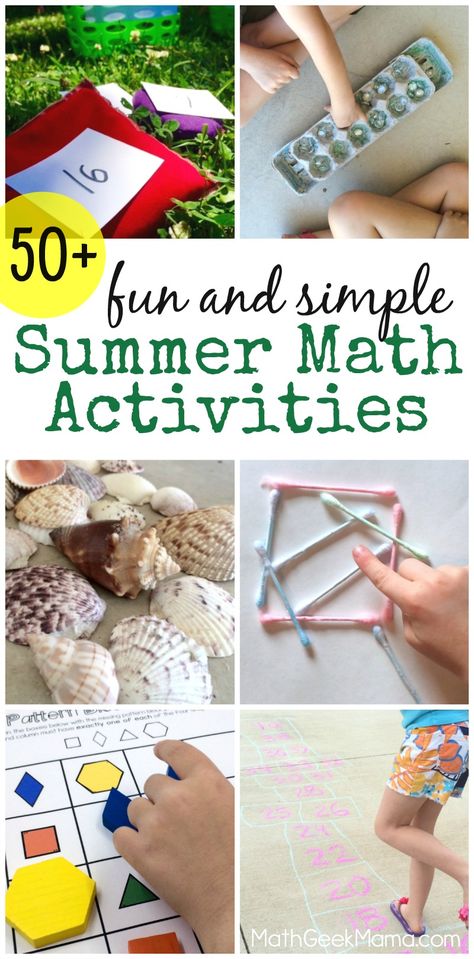
8 > 7 means Purple ate more than Red.
Multi-action task on balancing
To decide click Start!
Condition: A rabbit is 2 kg lighter than a puppy.
Questions: What the scale will be higher if the puppy is placed on the left side of the scale, and the rabbit on right? How after that you need to place the weights on the scales so that they come to equilibrium?
Find out the answer and solution
Solution
1.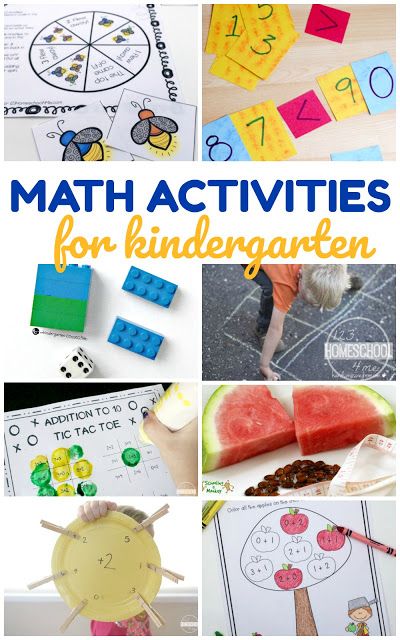 A rabbit is lighter than a puppy, so the right one is lighter. the bowl with the rabbit will rise up.
A rabbit is lighter than a puppy, so the right one is lighter. the bowl with the rabbit will rise up.
2. In order for the balance to balance, the weight on the bowl rabbit should be 2 kg heavier than the kettlebell that we will add to the puppy.
It turns out that you need to put on a bowl with a puppy weight in 1 kg, and on a bowl with a rabbit - in 3 kg.
Suggested tasks are part of the LogicLike educational platform. Start learning!
Develop logic and mathematical thinking
- Child-friendly theory .
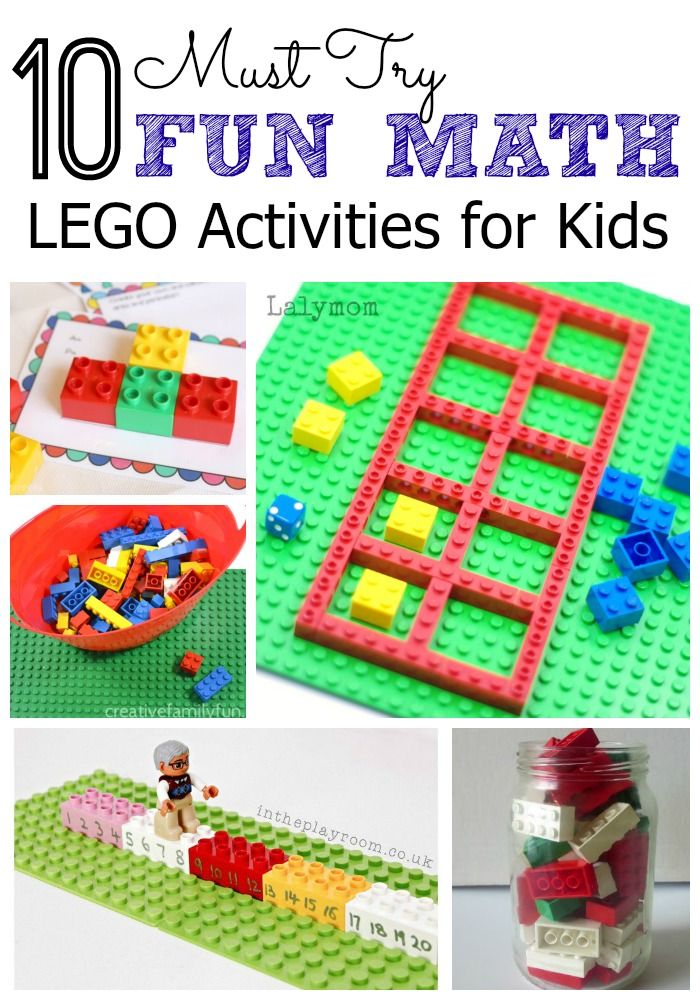 Video tutorials, tips and hints will help the student to independently deal with even very complex tasks.
Video tutorials, tips and hints will help the student to independently deal with even very complex tasks. - Making math fun . game form and step-by-step methodology make the learning process interesting and effective.
- All materials on one site . 17 categories, over 3500 exciting challenges! The LogicLike team creates new ones every week interesting tasks that help children understand and love logic and mathematics.
Text Boolean
Fedya has equal number of sisters and brothers.
Who is more in the family: sons or daughters?
Show answer
Answer:
more sons (Fedya is also a son).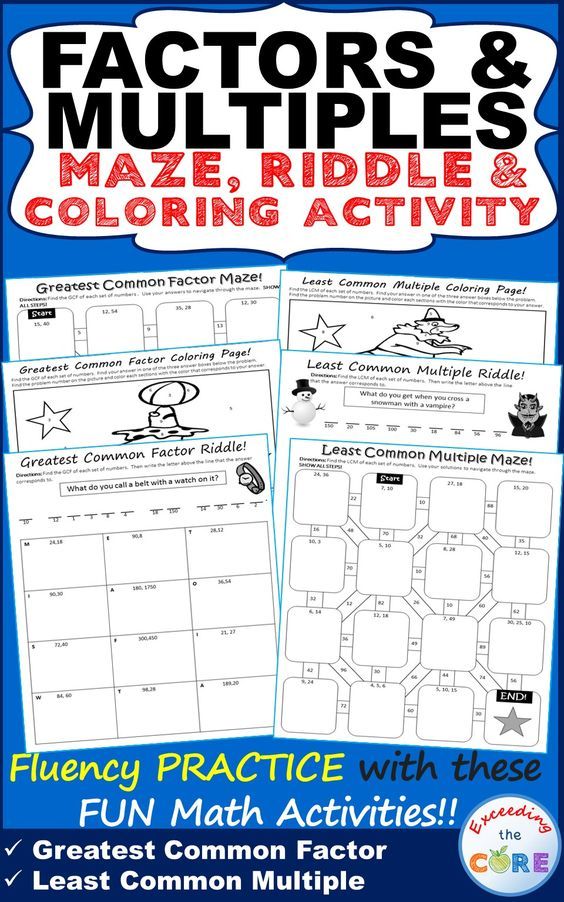
To decide click Start!
Kolya and Nadia have the same items.
Anya has a jump rope.
Distribute items to all children.
Find out the answer
Answer:
Kolya and Nadi - balls. Ira and Anya have jump ropes.
Want more examples of similar tasks? See logic puzzles for 1 class.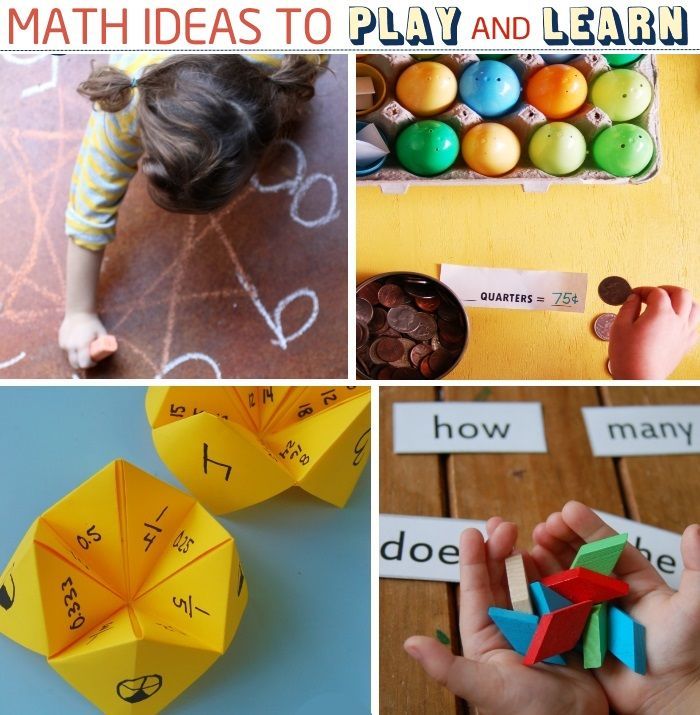
Take the full course from LogicLike!
- 3 steps to start the path to the heights of logic 😎:
- 1. Solve 5 problems
- 2. Save account
- 3. Show the platform to the child and solve together 10-15 tasks.
Math tasks for logic
Task with figures on verbal-logical thinking
To decide click Start!
Condition: The professor thought of a figure and gave two clues:
- it is not square and not blue;
- it is round or triangular.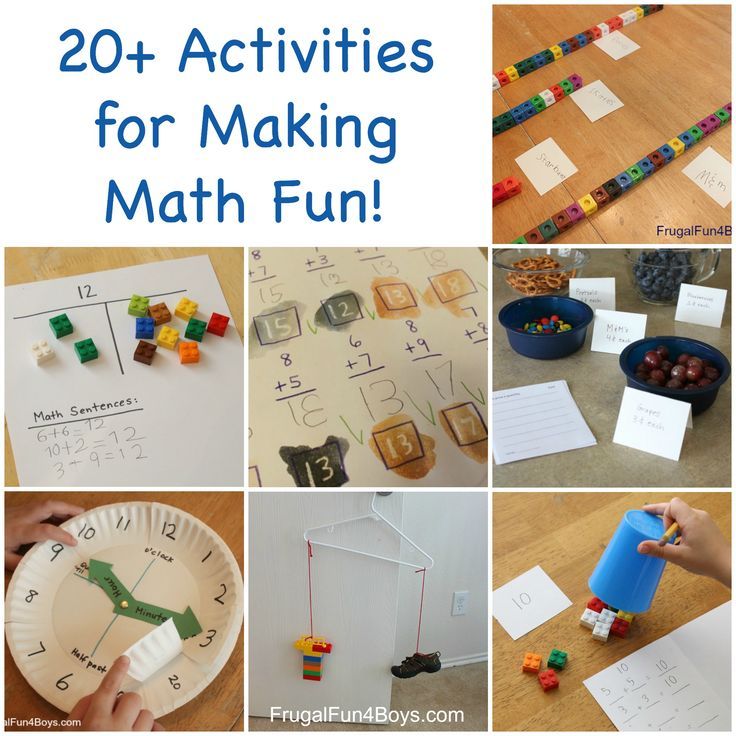
Question: What did the Professor guess?
Find out the answer
Answer:
orange triangle.
Take hint
Prompt
Solving similar mathematical puzzles promotes the development of verbal-logical thinking , trains possession skills basic methods of thinking: highlighting essential and insignificant features of objects, generalization, comparison, derivation of the investigation and others.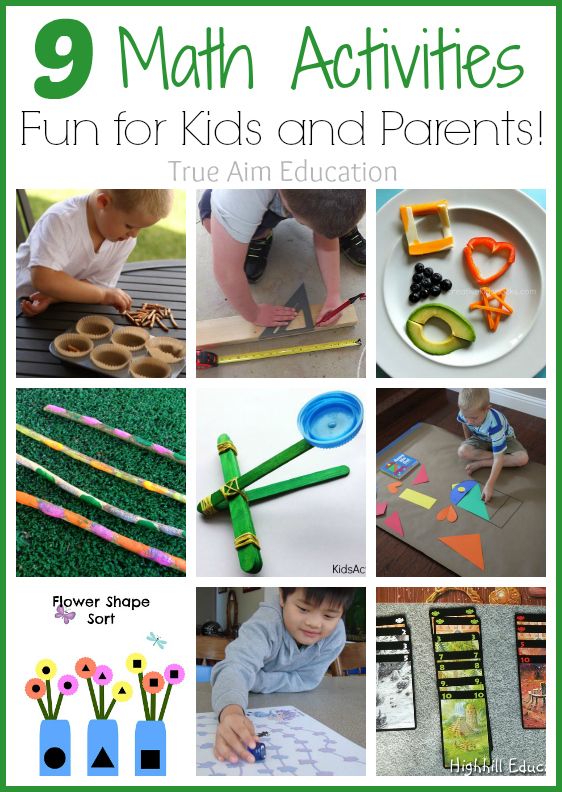
Continue the pattern
To decide click Start!
Find a pattern and continue the series with numbers.
Find out the answer
Answer:
20.
Comment:
The difference between each successive number and the previous one increases by 1 (+1, +2, +3…).